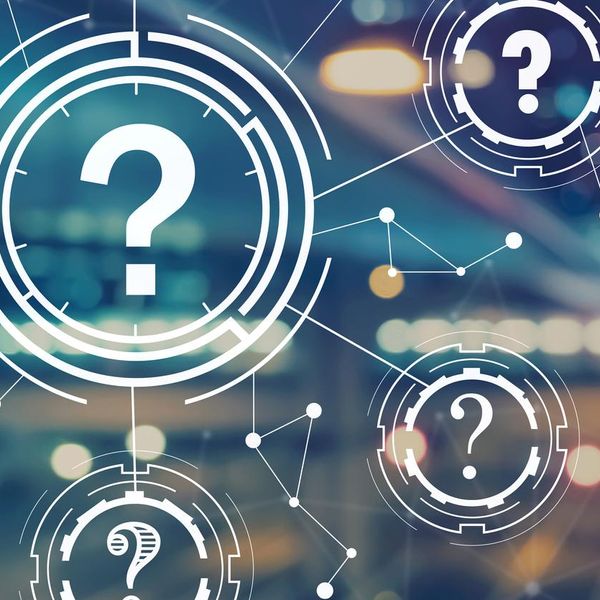Demystifying the Logistics Control Tower: The Top Four Takeaways
Penske Logistics experts discuss what you need to know about this important supply chain technology

Control towers are central to increasing visibility and optimizing supply chain performance. They provide an end-to-end view of the supply chain, which ultimately increases efficiency, minimizes disruptions and cuts costs. A group of Penske Logistics control tower experts got together to discuss what control towers can do, when to use them, outcomes and benefits, and more. Here are four key takeaways from their conversation.
1. Control Tower Visibility Is a Top Requirement Among Shippers
The 2022 Third-Party Logistics Study analyzed the technology-based capabilities needed for 3PL, and 60% of shippers listed controlled towers. This is the first time control towers have ranked as the top requirement. What’s more, the 2021 State of Logistics Report found that a control tower can cut 10-20% of supply chain costs.
2. Visibility Is Critical
Increased visibility enables shippers and logistics providers to find supply chain vulnerabilities before disruptions occur, making the supply chain more resilient and agile. Supply chains are vulnerable to disruptions from global events such as COVID-19 as well as weather, unexpected plant closures, or infrastructure challenges. However, the pandemic sped up the necessity to deliver against challenges to remain a viable competitor. “It is more important now than ever to have a clear view of where goods are at, whether it is a raw material for production or produced and packaged goods ready to ship to a customer,” said Tracy Urbanski, senior vice president of operations for Penske Logistics.
3. Control Towers Are Evolving
Initially, control towers were synonymous with visibility and linking transportation by mode. They have evolved, and today’s systems connect all aspects of the supply chain, from manufacturing to inventory management to transportation. “A control tower brings all of these together to provide a single truth to make it available to everyone,” Urbanski said, adding that today’s technology provides true end-to-end visibility all the way back to suppliers and even multi-tier suppliers. “It starts to shed light into the dark areas of your supply chain where systems and data don’t meet.”
4. AI and ML Create Predictive and Prescriptive Supply Chains
Over time, control towers can collect data to drive machine learning and artificial intelligence to predict workflows, drive automation and minimize disruptions. “This is an evolution, not a revolution," said Dave Bushee, senior vice president of logistics technology for Penske Logistics. “We’re using historical information and current events in order to predict what might happen and then present some different decision options for different team members and stakeholders.”
Those options could include pulling ahead production, shifting production or sourcing alternative supply options. Ultimately, supply chains could move to a prescriptive model that goes beyond predictive to give prescribed scenarios and projected solutions, creating an agile supply chain that can react and present better decisions as time passes.

